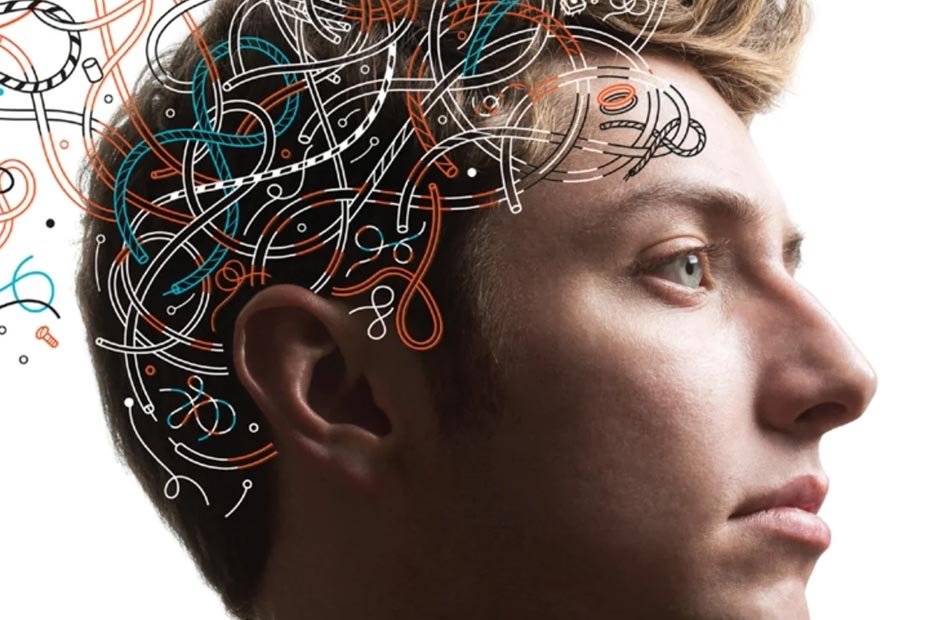In the gallery of human development, the early years of life are where the most vivid strokes of growth and learning are painted. This period is a masterpiece in the making, where every experience, interaction, and emotion contributes to the intricate design of young brains. This exploration into the art and science of developing young minds uncovers the methods and philosophies behind nurturing these nascent intellects, highlighting the roles of caregivers, educators, and environments in shaping the future.
Laying the Foundation: The Significance of Early Brain Development
The early years of a child’s life are a period of astonishing growth and potential. During this time, the brain develops at a rapid pace, forming neural connections that lay the groundwork for future learning, behavior, and health. It’s a time when the quality of experiences and interactions can significantly influence a child’s developmental trajectory, making it a period ripe with opportunity for positive intervention and support.
The Crucial Role of Nurturing Environments
Environments that provide love, security, and stimulation are fundamental in fostering healthy brain development. Childcare Hurstville centers, such as those in Hurstville, understand the importance of creating nurturing spaces that cater to the physical, emotional, and cognitive needs of children. These environments serve as rich soil from which the seeds of curiosity, resilience, and intellect can sprout and flourish.
The Art of Engagement: Stimulating Young Minds
Engaging young minds is an art form that blends creativity, intuition, and knowledge. It’s about crafting experiences that intrigue, challenge, and support children, encouraging exploration and discovery at every turn.
Interactive Play: The Heart of Learning
Interactive play is the canvas upon which much of early learning is painted. Through play, children experiment with social roles, practice problem-solving, and explore the physical world. It’s a dynamic process that naturally fosters cognitive, language, and social-emotional development, making it a critical component of effective early education programs.
Language and Storytelling: Weaving a Tapestry of Words
Language development is another crucial aspect of brain development, with storytelling and conversation acting as powerful tools for enriching young minds. Through stories, children learn to navigate complex language structures, expand their vocabularies, and explore the richness of human experience and emotion. Caregivers and educators play a vital role in this process, offering narratives that spark imagination and curiosity.
The Science of Support: Evidence-Based Approaches to Early Development
Beneath the artistry of engaging young minds lies a solid foundation of scientific understanding. Evidence-based approaches to early childhood development emphasize the importance of structured learning experiences, positive reinforcement, and tailored interventions that address the unique needs of each child.
Nutritional Neuroscience: Fueling Development
The burgeoning field of nutritional neuroscience highlights the critical role of diet in brain development. Adequate nutrition, particularly in the early years, is essential for cognitive growth, emotional regulation, and overall health. Incorporating a balanced diet rich in omega-3 fatty acids, antioxidants, and vitamins can significantly impact a child’s developmental outcomes, laying the groundwork for lifelong learning and well-being.
Responsive Caregiving: The Key to Secure Attachment
The science of attachment theory underscores the importance of responsive caregiving in developing secure, resilient children. Caregivers who are attuned to the needs of young children and respond in consistent, supportive ways help foster a sense of security and trust. This secure base is crucial for exploring the world, forming healthy relationships, and building self-esteem.
Enriching the Palette: The Role of Multisensory Experiences
In crafting the canvas of young brains, incorporating multisensory experiences enriches the developmental process. These experiences, which engage multiple senses simultaneously, enhance memory, attention, and learning, providing a more holistic approach to cognitive development.
Exploring Through Senses: A Gateway to Learning
Sensory play, which involves activities that stimulate sight, sound, touch, taste, and smell, offers a fun and effective way to explore concepts and build neural connections. Activities like playing with playdough, exploring nature, or engaging in musical activities not only support cognitive development but also encourage fine and gross motor skills.
The Power of Movement: Physical Activity and Brain Health
Physical activity is another crucial aspect of a multisensory approach to development. Regular movement and play not only strengthen the body but also have profound effects on brain health, improving attention, memory, and executive function. Encouraging active play, whether it’s through dance, sports, or playground activities, is vital for holistic development.
Cultivating Creativity: The Importance of Art and Expression
Artistic expression, whether through drawing, painting, music, or drama, plays a significant role in cognitive and emotional development. These creative outlets offer children unique ways to express their feelings, solve problems, and view the world from different perspectives, fostering a rich internal landscape of ideas and emotions.
Expression Through Art: Building Emotional Intelligence
Art provides a non-verbal mode of communication that allows children to convey emotions and ideas that they might not yet have the words to express. Engaging in art activities supports emotional intelligence by helping children recognize and manage their feelings, develop empathy, and navigate social interactions more effectively. This emotional literacy is as crucial as cognitive skills for overall well-being and success.
Music and Rhythm: Harmonizing Development
The integration of music and rhythm into early education not only enriches the learning environment but also supports various aspects of development. Music stimulates brain regions involved in language, math, and executive function, while also enhancing memory, attention, and spatial-temporal skills. Participating in musical activities, whether singing, playing instruments, or simply listening to different genres, can boost neural development and foster a lifelong appreciation for music.
Navigating Challenges: Supporting Children with Diverse Needs
In the diverse landscape of child development, recognizing and supporting children with different needs is crucial. Early identification of developmental delays or challenges allows for timely intervention, maximizing the potential for positive outcomes.
Inclusive Education: Embracing Diversity
Inclusive education practices recognize the value of diversity in the learning environment and seek to provide equitable opportunities for all children. Tailoring learning experiences to accommodate various learning styles and needs ensures that every child can participate fully and benefit from early education. This approach not only supports individual growth but also fosters a sense of belonging and community among children.
Collaboration and Support: A Community Effort
Supporting the development of young brains is a collaborative effort that involves families, educators, and healthcare professionals. Open communication and partnership between these stakeholders are essential for creating a cohesive support system for children. By working together, we can identify needs, share strategies, and celebrate progress, ensuring that every child has the opportunity to thrive.
A Masterpiece in Progress
The development of young brains is a complex and beautiful process, akin to crafting a masterpiece. Through the artful integration of play, creativity, and science-based practices, we can provide children with the rich experiences and supportive environment they need to flourish. As caregivers and educators, our role is to nurture these budding minds with patience, understanding, and love, guiding them as they paint the canvas of their own unique development. In doing so, we contribute to a future where every child is empowered to reach their full potential, armed with the skills, confidence, and creativity to navigate the world around them.
















